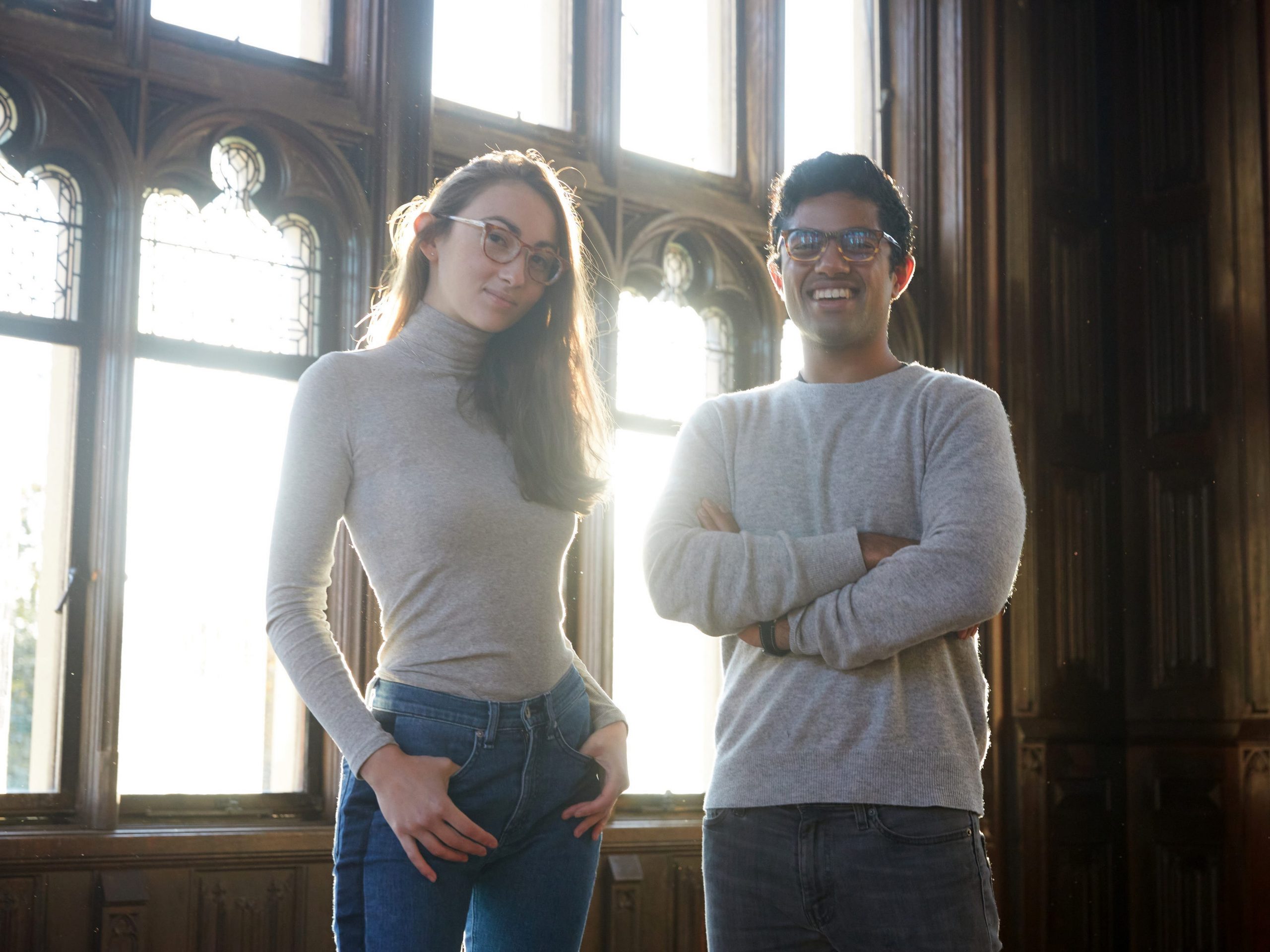
Pair Eyewear
- TikTok ads cost up to $120,000, but brands can advertise on TikTok for free through viral memes.
- Companies like Grammarly, Pair Eyewear, and Spotify have found success through hopping on TikTok trends.
- Successful ad campaigns on the app tend to come from individual users instead of companies.
- Visit the Business section of Insider for more stories.
For University of California, Irvine dance and language science student Ari Pine, downloading and using TikTok was just an outlet for practicing dance in quarantine. But a couple months later, he had inadvertently launched a viral meme and developed his first sponsorship.
“I’ve been dancing in my room over Zoom for months now,” Pine told Insider. “Making TikTok videos before class was just another way to interact with people.”
In January, Pine gained over 50,000 followers in 72 hours after choreographing a video setting the audio from Grammarly’s YouTube ad to a dance – a trend which quickly picked up steam, spawning 50,000 new videos within days and over 100,000 to date.
While it wasn't Pine's first time creating a dance for popular commercial jingles, it was the first time a company's jingle really took off on TikTok - in part because Grammarly picked up the trend itself.
Though Grammarly had been mostly inactive on TikTok, the company's Head of Marketing, Senka Hadzimuratovic, said the trend caused interest in the brand to spike as Grammarly's followers increased by 481%.
"One of our office associates saw the trend on Twitter and we knew we had to do something," Hadzimuratovic told Insider. "There was no time to deliberate. We knew we needed to show that we don't take ourselves too seriously and that we can be part of this culture."
After Grammarly released its own video response to Pine, Hadzimuratovic said the trend changed how the company approached the app. It helped Grammarly realize the potential for advertising on TikTok, prompting the writing-assistant company to generate more advertising plans for the app, including deciding to sponsor Pine as a Grammarly influencer in February.
For many brands, TikTok is largely an untapped platform
GrowMojo Marketing President Kendall Fargo told Insider even brands that advertise on the platform are still learning how to cater to TikTok's audience.
"TikTok is not like other social media platforms. It's not Instagram," Fargo told Insider. "TikTok has a much higher bar. You need to meet people where they are. You need to make people feel like you are part of the TikTok community. If it looks like a polished marketing video, they're just going to skip it."
For newer brands, the app can operate as a jumping off point for marketing. Sophia Edelstein, co-founder and CEO of Pair Eyewear, a startup that garnered support from Shark Tank in 2018, said the company can count on at least 10% of its sales coming from TikTok every month.
The app has even approached Pair Eyewear as beta marketers - an update the app launched just last year. The glasses startup operates as an e-commerce company and allows users to customize and switch out frames at will for new styles.
Edelstein told Insider much of the company's sales from the site comes from free advertising, including Pair's Refer-a-Friend program.
"It happened organically," Edelstein told Insider. "People wanted to connect to other people and share their look. Pretty quickly we saw the glasses go viral."
While Pair's own TikTok account hasn't taken off, it doesn't need to because millions of people have posted videos reviewing the interchangeable snap-on glasses on TikTok. Edelstein said the company has taken on TikTok influencers, but has seen most of its success through organic posts - which have brought in over $400,000 worth of sales in one month.
Paid ads on TikTok typically cost between $50,000 to $120,000, according to social media analytics site Iconosquare, but unsponsored posts from TikTok users can be a brand's greatest asset, Fargo told Insider. As of February, the app has over 1 billion active monthly users, a number that is only continuing to grow, according to Sensor Tower.
Perceived authenticity is a key ingredient for viral TikTok trends
Fargo said authenticity or perceived trustworthiness on the app plays a big part in successful advertising on TikTok. It's easier to disguise an ad on TikTok than other social media platforms.
"Brands can make a social post without it necessarily being an ad," Fargo said. "TikTok also lets you see a portion of a video before it lets you know it's an ad."
While some brands like Coca-Cola and Mentos have spawned viral trends themselves through generating challenges, many brands like Grammarly have simply stumbled upon a trend.
"TikTok is about being in the right place at the right time," Pine told Insider. "It's very much a hit or miss. I did not expect the Grammarly video to do as well as it did and that's just the name of the game, that's just TikTok. The algorithm is like a beast you cannot tame."
Spotify and Ocean Spray have found similar success. In 2020, Spotify's album cover trend spawned over 2.2 billion views and a video showing Ocean Spray's Cran-Raspberry juice generated 12.6 million likes on the app, as celebrities and everyday TikTok users rushed to mimic the videos.
Ocean Spray's CEO Tom Hayes even jumped on his own skateboard to imitate the video set to Fleetwood Mac's "Dreams." The company followed up on the meme by delivering the video creator a new truck, filled with bottles of the juice.
Fargo said TikTok trends allow brands to take on a more personal connection with potential customers.
"It's important brands not only build a social following, but also invest into turning those followers into customers," Fargo said. "It's one thing to drive awareness, but it's another thing entirely to generate customers, and a lot of brands make that mistake."
